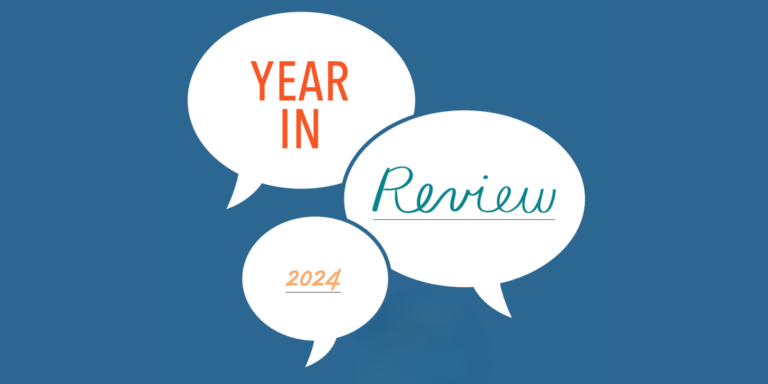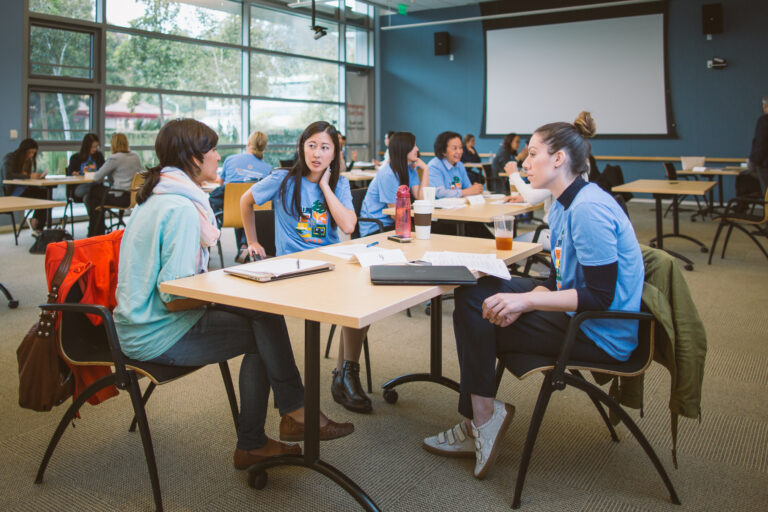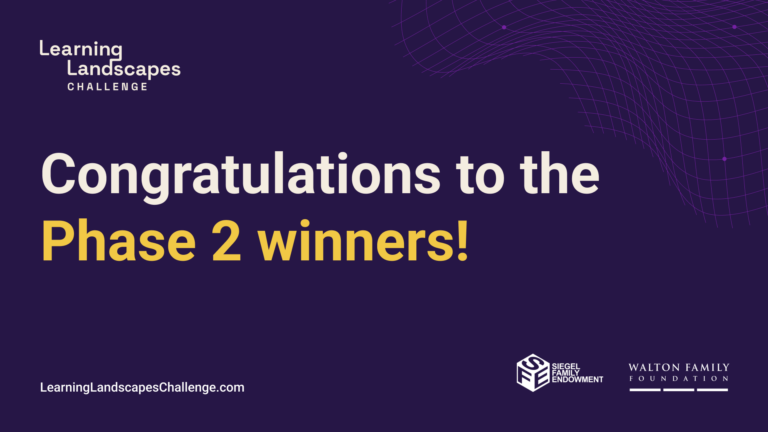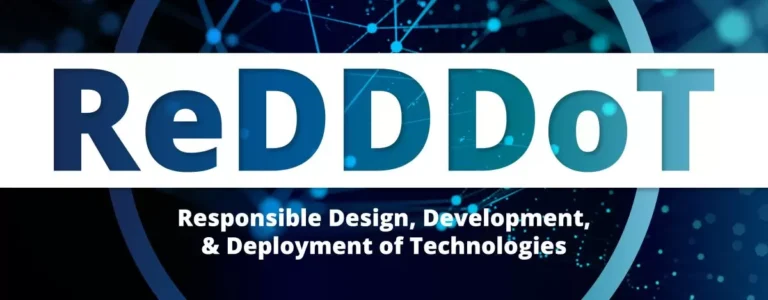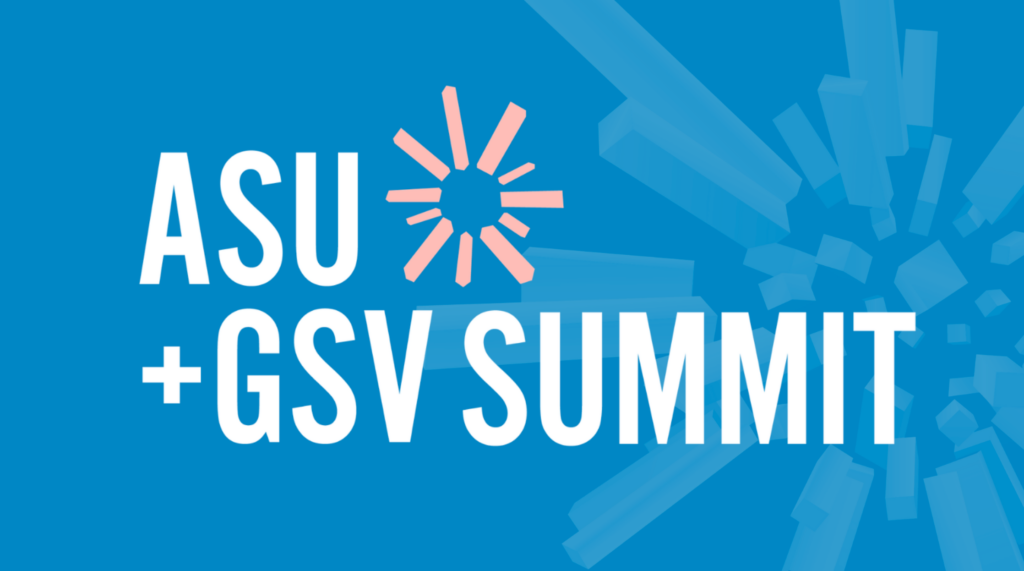
Last month, business executives, tech entrepreneurs, venture capitalists, policymakers, celebrities and philanthropy professionals – including us – descended on San Diego for three-days of ASU+GSV. The theme of this year’s gathering was “Brave New World,” apparently a non-ironic nod to Aldous Huxley’s 1932 dystopian novel of the same name. The star-studded program featured remarks by NBA legend Kareem Abdul-Jabar, actress Jane Fonda, and former Facebook COO Sheryl Sandberg, among others.
The ASU+GSV Summit is arguably one of the most important events on the K-12 education calendar. As philanthropic leaders with a birds-eye view of the edtech sector, we still see a lot of room for it to live up to the opportunity of catalyzing the sort of change that will solve our greatest educational challenges.
Edtech investment is big business. According to one industry estimate, U.S. edtech companies raised $5.2 billion in 2022, a precipitous decline from $8.2 billion the previous year, but still more than double pre-pandemic levels. Of that, $1.4 billion went for K-12 edtech products, a group that includes both products and services used in schools, and those that are used among K-12 students or providers in other learning settings such as homes or enrichment programs.
While the billions of dollars at play in the K-12 edtech industry might seem like an automatic win for the country’s 40 million public school students, how those dollars are invested matters. And it was the lack of “how” that was troubling. As any educator will tell you, context matters, and decades of research have shown that it is crucial to understand this in order to best serve students. Investing in edtech requires a different set of practices, metrics, and expertise than mainstream consumer technology, which can lean on standard tactics like user growth, engagement, and revenue. Savvy edtech investors need to understand the relationships within and beyond the school building; navigate a complex regulatory environment around student data privacy, content standards, and accessibility; and respond to the diversity of realities that students face, especially the legacy of exclusionary and structural barriers.
While there’s a lot of work needed in the edtech investment landscape and the incentives that it produces, we still believe that there is still a place for technology in our schools. Digging into what’s working and why it’s working were bright spots of this year’s conference.
1. The ability to dig into diverse viewpoints about emerging technology
We were heartened to surface a lot of thoughtful perspectives among the hype of generative AI that moved beyond the binary debate of “AI: good vs. bad.” Speaking candidly with peers stretches our thinking on the associated benefits and risks, challenges assumptions, and infuses more nuance into thinking. And being confronted with divergent viewpoints creates more constructive dialogue and reduces extreme positions.
2. The chance to sync with peer funders and investors
We spent invaluable time discussing our respective portfolios, and how we might collaborate to make more informed decisions and develop effective strategies. We found that cultivating a more ethical and responsive edtech investment landscape was a shared area of concern among many funders. To that end, we hosted a lunch salon to discuss aspirational principles that might serve as guardrails for edtech investment, which we will detail in a future piece. While there is work to be done to further this discussion, we did find some emerging consensus and enthusiasm about taking the steps needed to effectively leverage technology in the best interest of teachers and students.
3. The power of community
We enjoyed the opportunity to have informal time to draw out the hopes and fears of the passionate experts who make up our field. We met folks in person that we’ve been working with for years. It reiterated our belief that we will not fix education by simply building new products, but by harnessing the whole community towards collective good.
This post was written by Katy Knight, President and Executive Director of Siegel, and Joshua Elder, Vice President and Head of Grantmaking


